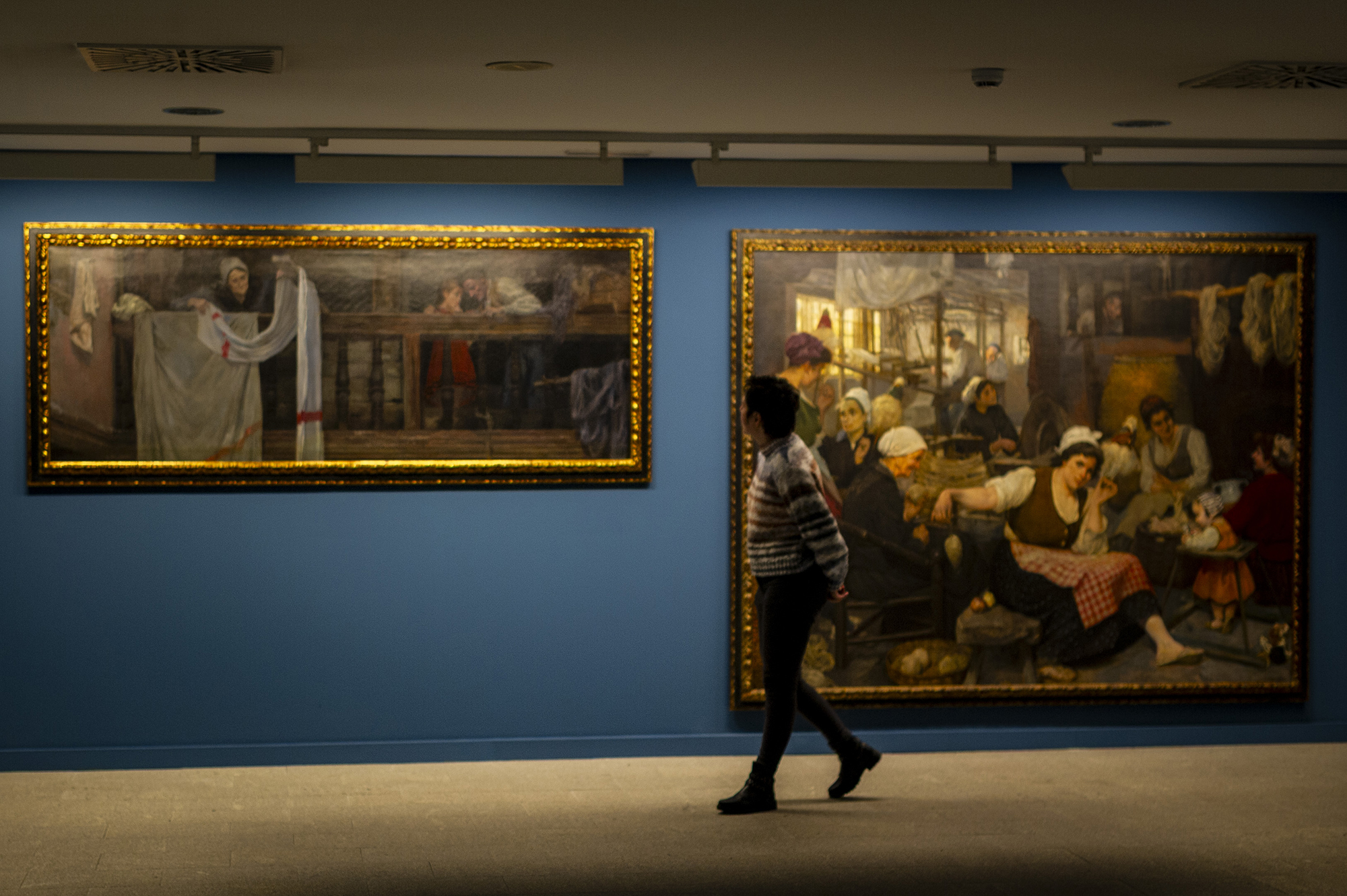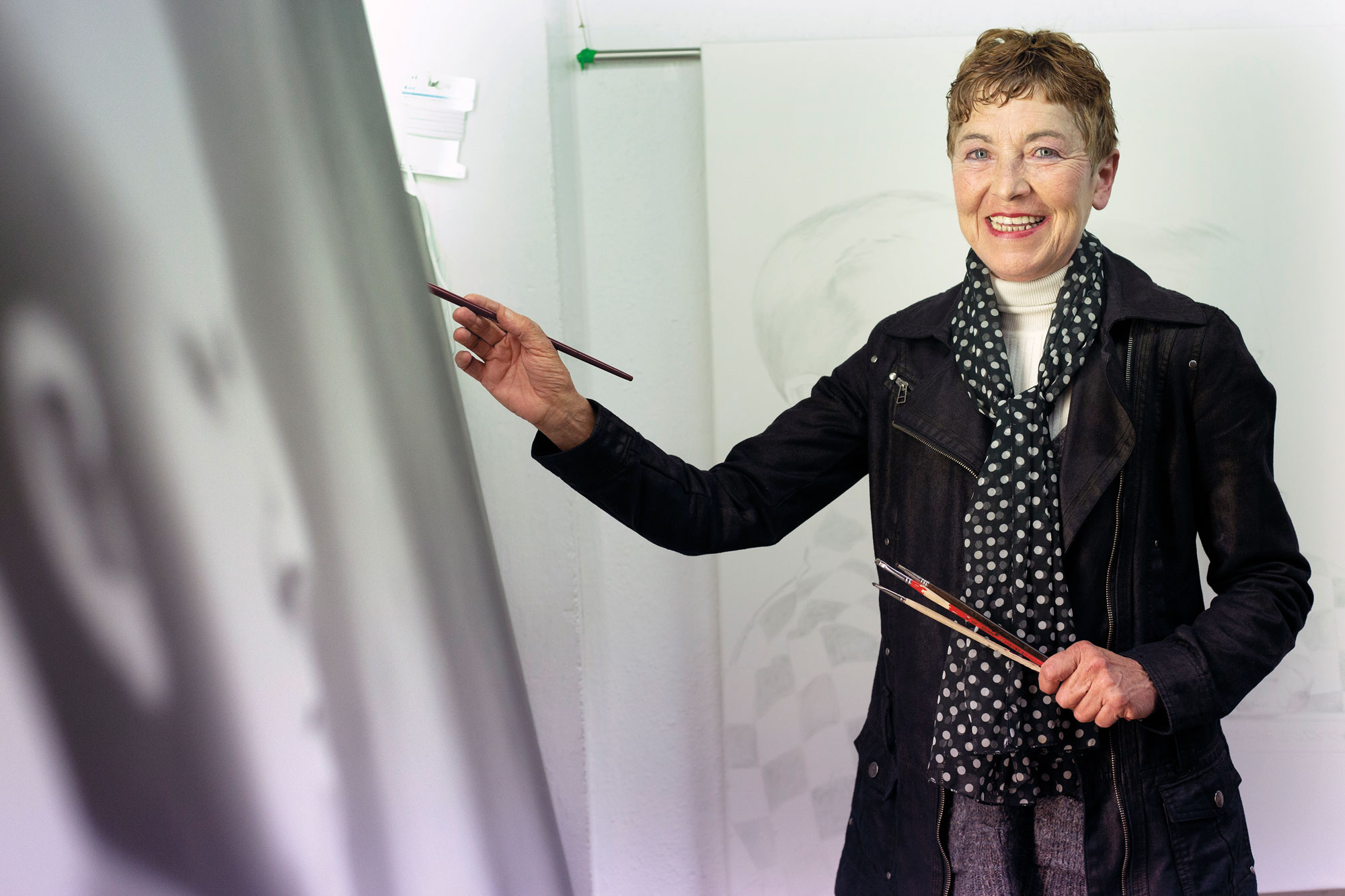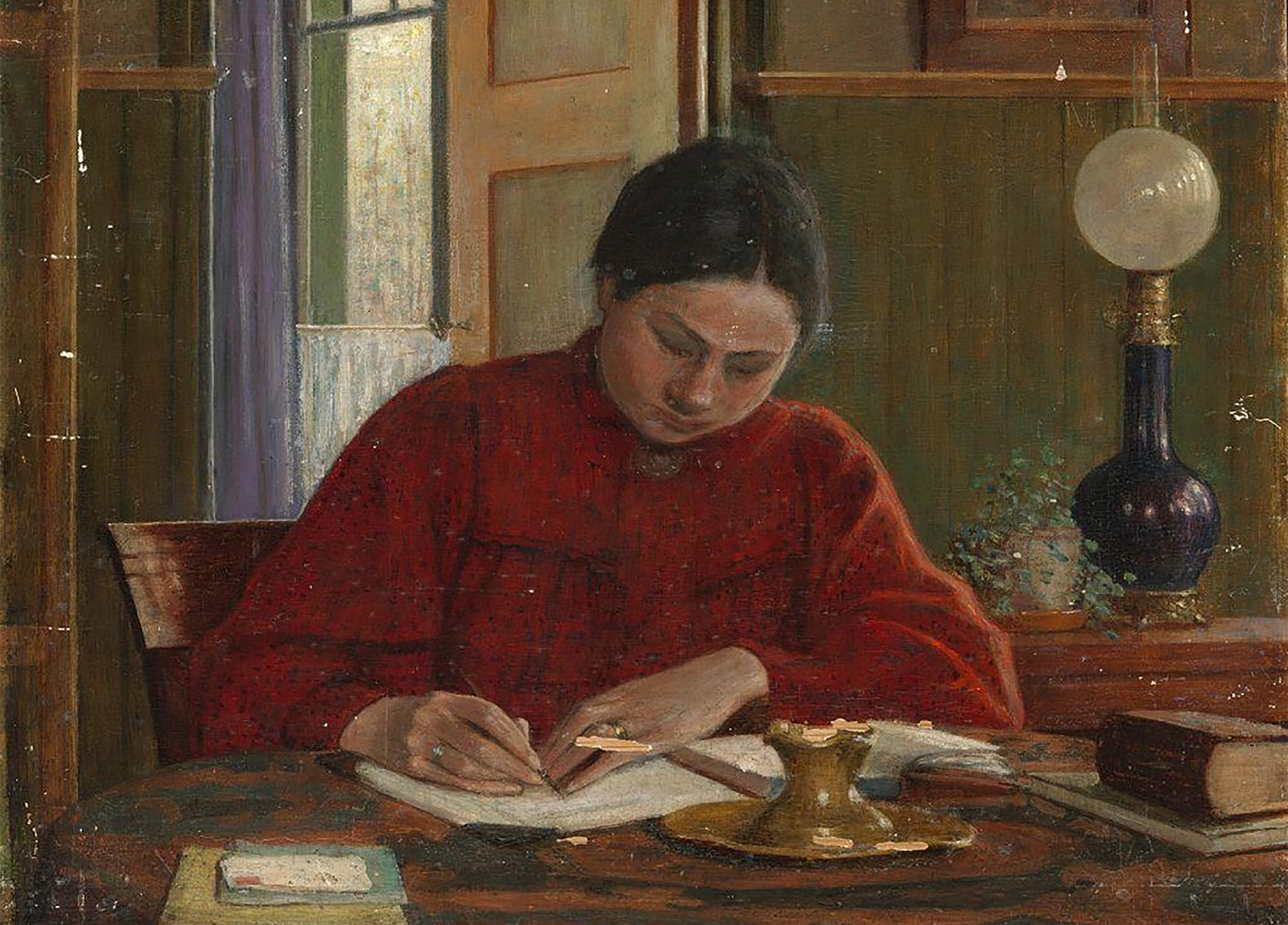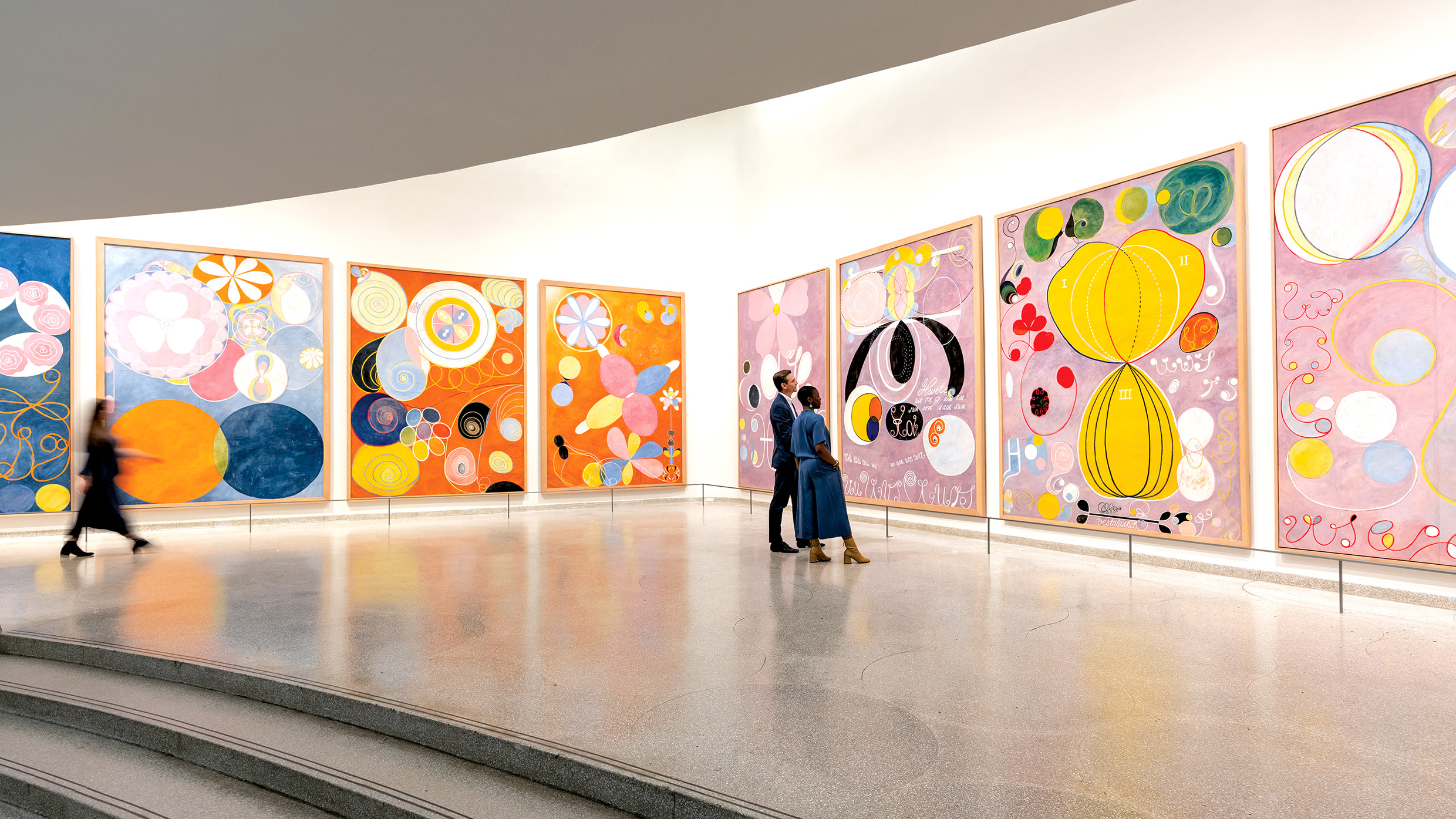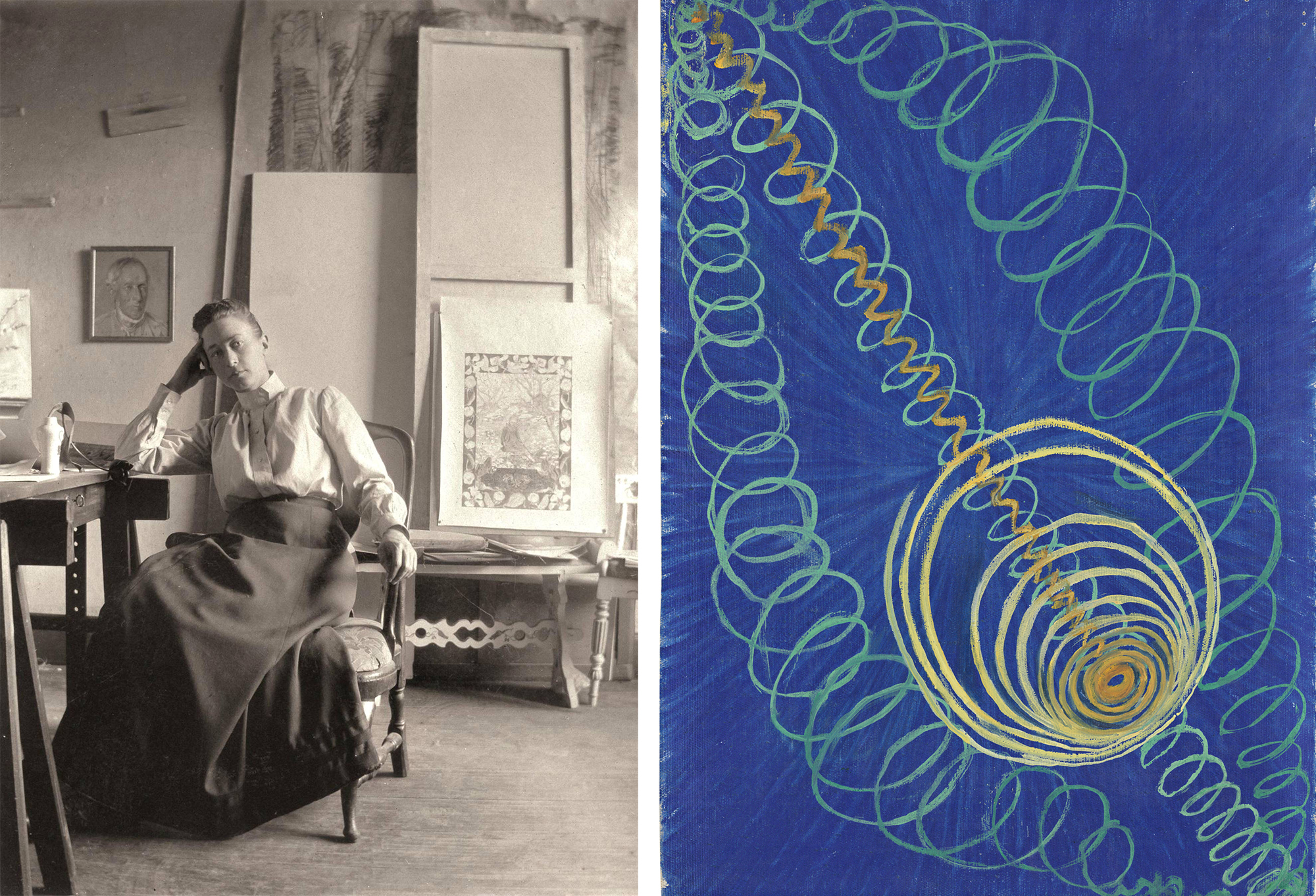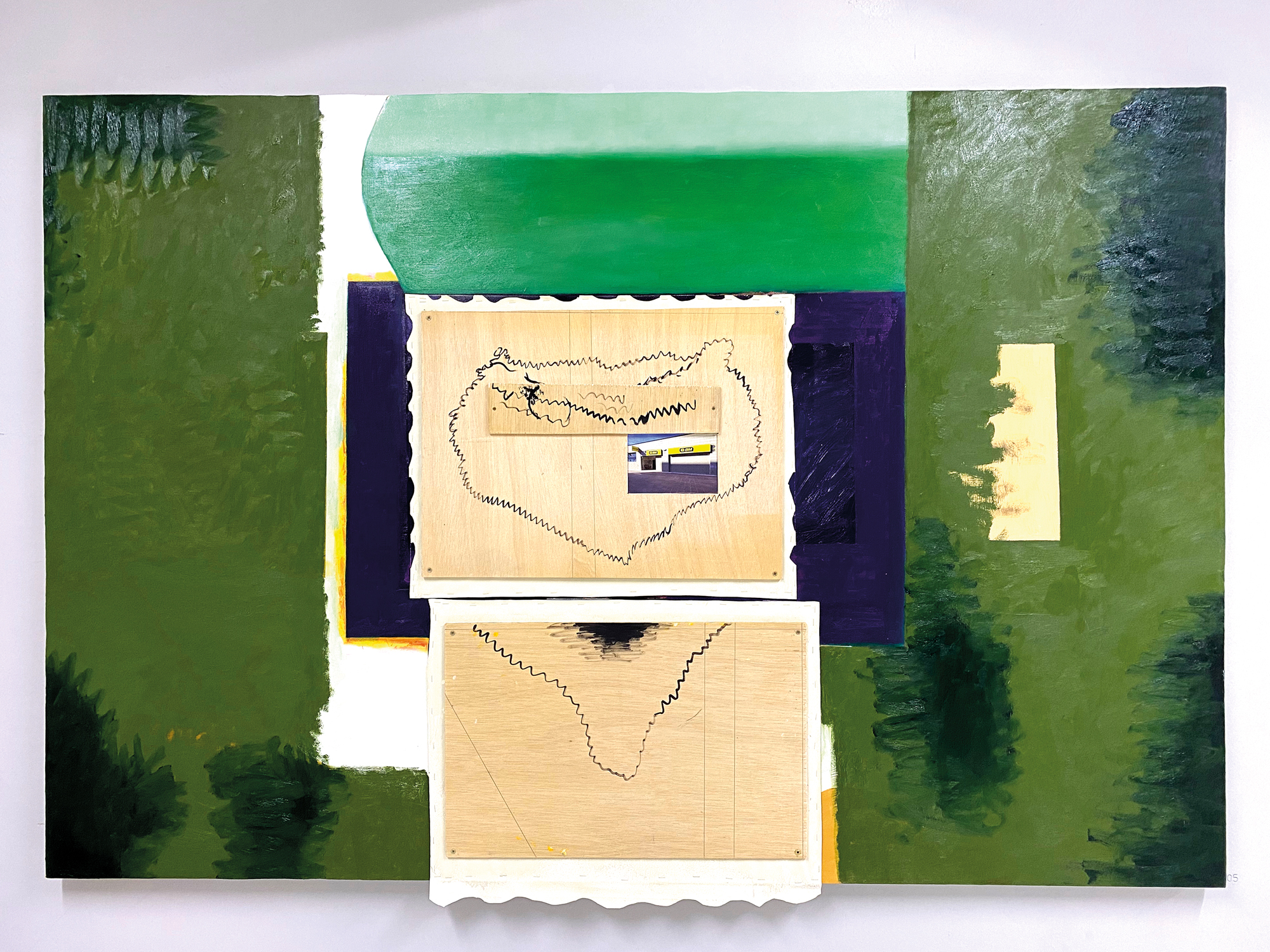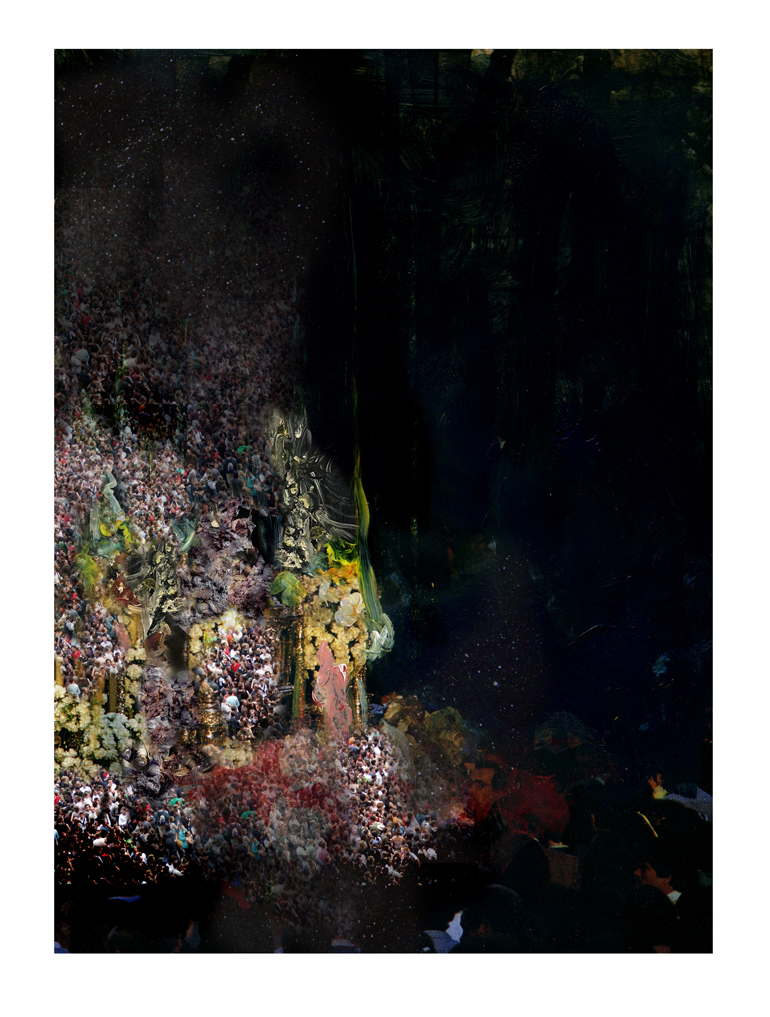
As well as a professor of fine arts, Joseba Eskubi Munitis (Bilbao, 10 April 1967) is also an artist. It has always had a tendency to paint organic forms, organisms that take the life of its hand, particles for a supposed science of terror, beings of whom it knows or of the world, objects, human beings, you don't know what hell. From that routine, maybe. The key is the suffix: -quis. Parts of something, remnants of something, derived from something. Ribs from one side.
In 2014, we were fascinated by the wonderful book Insomnia, published by the editorial Beauty Infinita. He began painting on reproductions of different, soft, aqueous arts catalogs, exaggerating the sensuality of matter and gesture, delighted and providing; but not a soft, light delight, without weight or depth, but a delight that could disturb the eyes and heart. Molecules for a supposed science of terror; uppercase and lowercase for a story written to the strangeness of everyday life.
Also before, perhaps later, Joseba Eskubi is hanging on the net, not only on her web, but also on those other pelagic networks that we call social. And for many, at least for me, on social media, it's usually the most beautiful thing that I'm going to see a picture of yours, an image of yours, someone knows what and what it looks like, even if it's a digital image, like in this case. What does it matter? The painter is always painting, even without painting.
Someone said culture was a gigantic palimpsest, erased over and over again, written from top to bottom. So also a supposed science of terror, the everyday science: start and start every day, grow and grow every day.
Bussum (Netherlands), 15 November 1891. Johanna Bonger (1862-1925) wrote in his journal: “For a year and a half I was the happiest woman on earth. It was a long and wonderful dream, the most beautiful one I could dream of. And then came this terrible suffering.” She wrote... [+]











